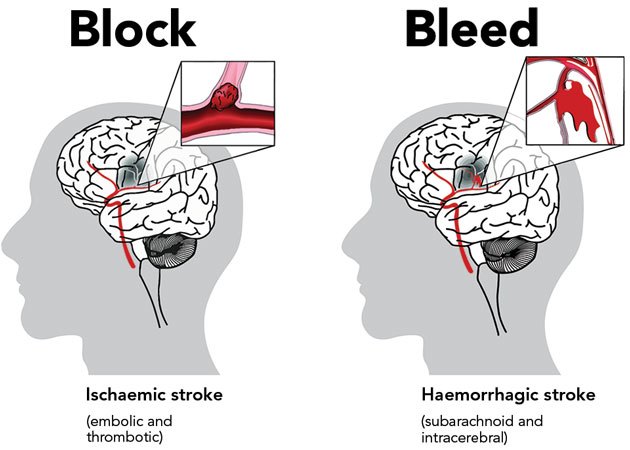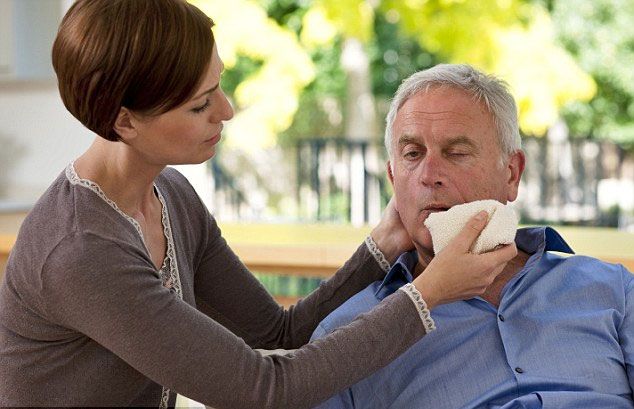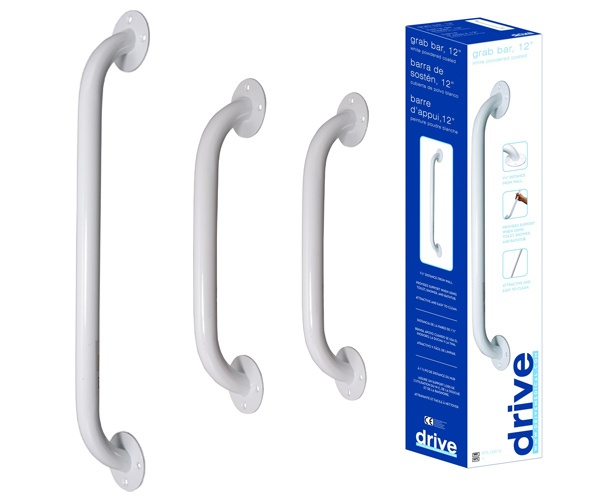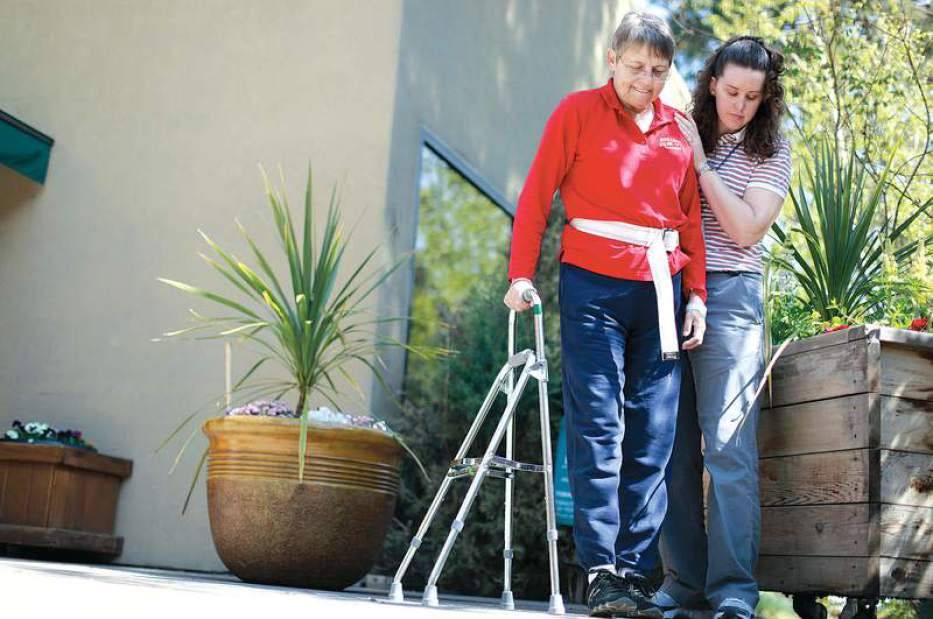
Please choose a body region on the right for you to pin point the problem area of your body.

Shop by Condition

Shop by Brand
A stroke is a condition that occurs when a person receives insufficient blood flow to the brain. When a person has a stroke, the cells in the brain die or get damaged, resulting in partial or complete internal damage and non-responsiveness of specific parts of the body.
Research by the World Health Organization shows that 17.7 million adults in the world die from cardiovascular disease and stroke each year. Experts believe that stroke is today one of the most dangerous silent killers in the world.
 The human body can experience two kinds of stroke:
The human body can experience two kinds of stroke:
This is the stroke that occurs when there is poor blood flow to the brain either due to a blood clot in the brain or due to the breakage of fat from arteries which then flow into the brain and clog the vessels there. When the brain receives less blood flow, it gets very little oxygen. When this happens, brain cells suffocate and die, resulting in a stroke.
The brain contains many important blood vessels. When these blood vessels experience extreme pressure, they balloon-up and burst, resulting in bleeding inside the brain. This bleeding can occur in various regions of the brain and can cause a stroke.
It’s been noticed that taking too many blood thinners, exposing the head to massive external pressure (during accidents or injuries), having high blood pressure and suffering from transient ischemic attacks can make a person vulnerable to strokes.

Doctors often stress the FAST rule for strokes – Face, Arms, Speech & Time (to call the doctor). This rule includes the three primary signs and symptoms:
Patients also show certain secondary symptoms of stroke such as:
It’s imperative to contact the doctor if any of these signs are noticed.
There are many treatments available to both prevent and treat the stroke. These include:
 Caregivers and family members have an immense responsibility when caring for stroke victims. But, with knowledge, they can easily discharge their duty towards the patients. Some of the things caregivers can do are:
Caregivers and family members have an immense responsibility when caring for stroke victims. But, with knowledge, they can easily discharge their duty towards the patients. Some of the things caregivers can do are:
In addition to the medication prescribed by the doctor, caregivers need to ensure that all the items used by patients are easy-to-use and can be used even in the event of paralysis. Some of the products that doctors recommend can be used are:
Washing and cleaning can become a challenge if the stroke victims are partially or completely paralyzed. The DawnMist Redi-Wash Bath Wipes come with a coating of sensitive bathing solution that is designed to remove dust and grime from the body while soothing the skin and balancing its pH level.
Stroke patients may find it extremely challenging to use the bathroom. The Stackable Bed Pan with Grip Handles can be placed on the bed and under the patient. The walls of the pan are high, preventing spillage and the handles allow the patient/carer to keep the pan in place. The pan is made from heavy-duty plastic and can withstand high weights.
Many stroke victims lose the ability to grasp and hold items in their hands after an attack. The Utensil Hand Clip is designed to fit snugly around the hands of the patient and aid easy self-feeding. The utensil has a flexible hand clip which can be adjusted to suit the requirements of the patient.
If the stroke victim is completely paralyzed or unable to wash himself, the Aluminum Shower Chair and Commode with Casters offers the patient a hassle-free and safe way to be given a bath. The body is made from an anodized aluminum frame and comes with a removable back, plastic armrests, padded vinyl toilet seat, 3-inch non-skid & rust resistant swivel casters and removable commode.
The right nutrition is essential to help stroke victims regain the energy they've lost after the attack. The re-closeable Ensure Plus Drink contains 24 of the most essential nutrients and vitamins, including Omega-3-Fatty-Acids. The drink is completely halal and kosher and is suitable for lactose intolerant patients as well.
After an attack, many patients find it difficult to walk properly. As a result, there may be many uncontrollable falls which patients can get injured from. It's best to have rods fitted to the walls to help patients walk without falling.
Once a patient has a stroke, he becomes more susceptible to strokes in the future. It is extremely important that caregivers help the patient change his lifestyle immediately. Avoiding tobacco, alcohol and greasy food is an excellent way to start.
Post-stroke mood swings, anxiety, and depression, can create multiple psychological and mental challenges for patients. This may delay the recovery significantly. It's imperative that caregivers recognize the onset of and alleviate the depression.
Often stroke victims require physical therapy to help regain mobility in their bodies. Having a physical therapist or a nurse trained in physical therapy can help you hasten the rehabilitation process significantly.
| Stay Connected! | |
|
|
|
Related Articles
Get $10 off your next order when you sign up to receive our email newsletter.*
Simply enter your email address below!
*Minimum order value of $100. Valid email address to qualify.









